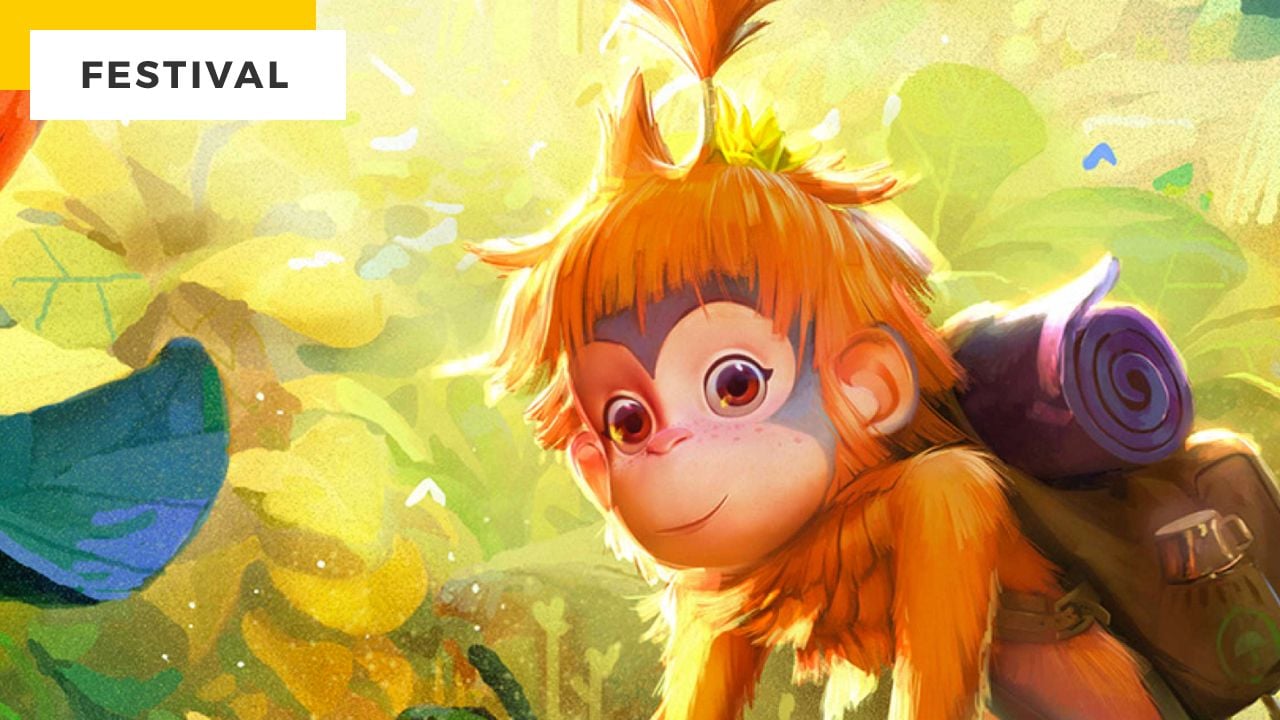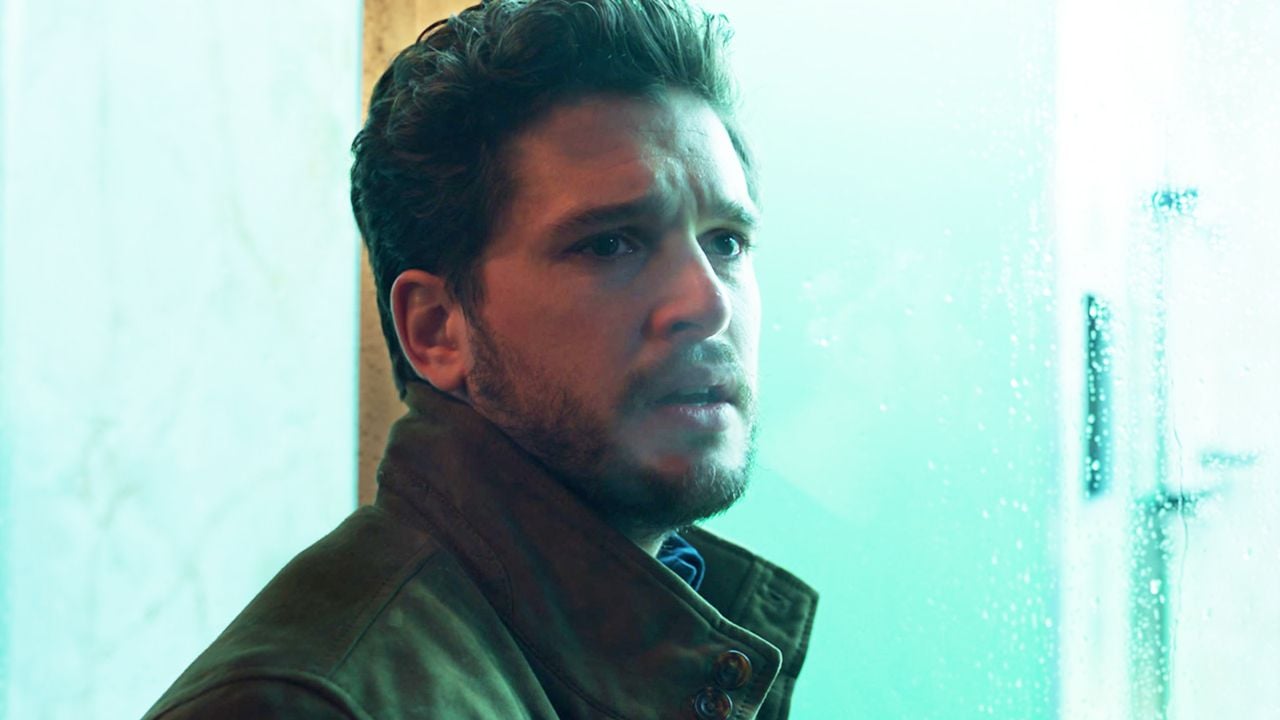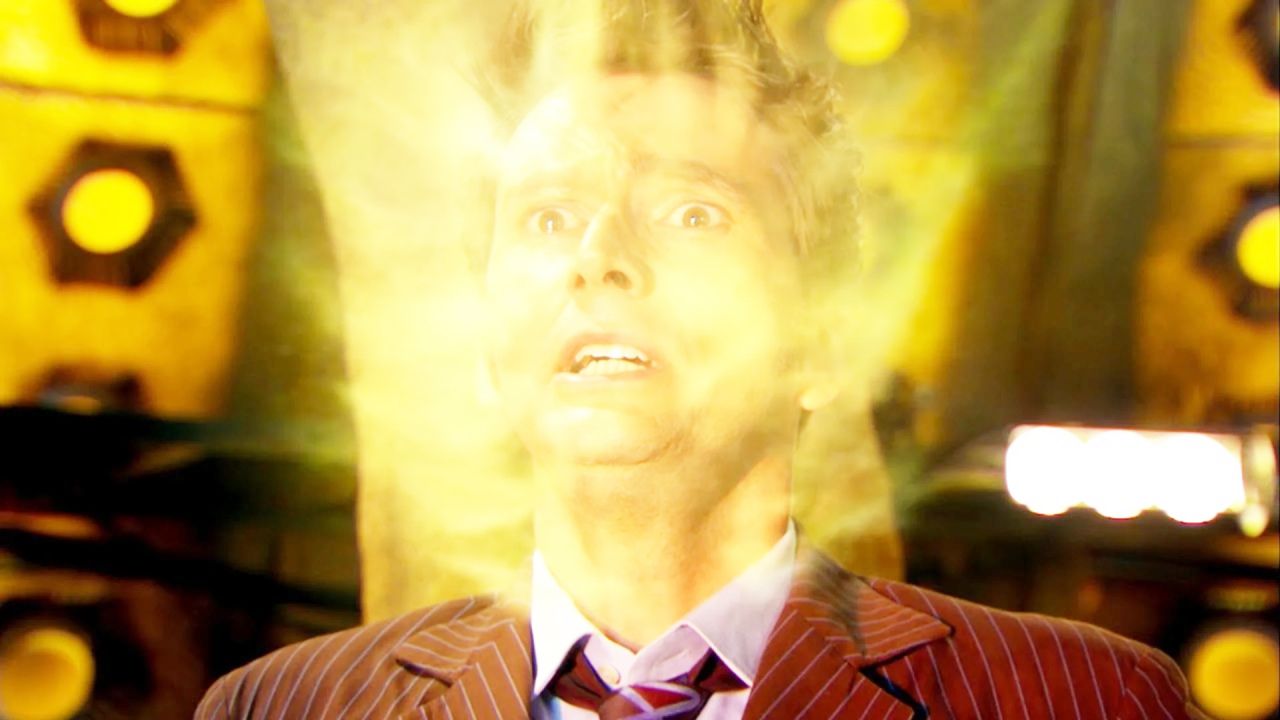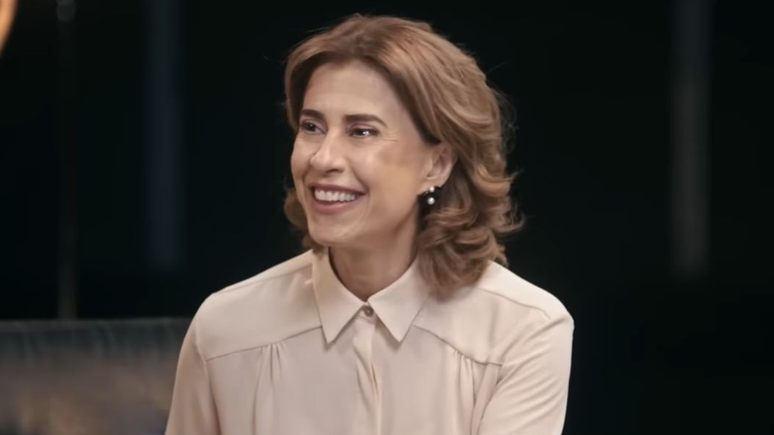His background in animation has allowed him to work on iconic feature films such as Ice Age, Wall-E and Ratatouille. Guillermo del Toro’s collaborator for several years (notably on the Trollhunters series), Rodrigo Blaas is the subject of double news this year.
Fans of the Star Wars universe were able to discover his episode on May 4 Sith In the second season of the Star Wars Visions anthology. But the Spanish director is also invited to the 2023 edition of the Annecy Festival to bring to life the sound of the Forest of Oz, the story of which he imagined.
This movie tells the story of Oz, a young orangutan who can communicate with humans through sign language. His “voice” will allow him to warn the world about deforestation and the destruction of native jungles.
Fun in form and engaging in substance, The Sound of Oz is notably produced by Leonardo DiCaprio alongside legendary producer Mike Medavoy (co-founder of Orion Pictures).
A talent association serving up a film, or rather a message, about a world seriously affected by climate change.
How did you come up with the idea of the film?
Rodrigo Blas: This project was already in development for some time when I joined it three years ago. The producers were looking for new ideas, but there was already a desire to cause climate change in the story. So I set myself to learn more about this topic, but also to understand what changes we can make to change this.
I rewrote the story, then talked to the film’s main screenwriter, Ricky Roxburgh, to flesh out this concept of “voice,” but also to get an orangutan’s perspective on deforestation.
Known for their intelligence, orangutans are the closest animal to humans. But is it really possible that orangutans can communicate with us through technology and sign language? These questions we asked ourselves were the starting point that then created the film.
The film does not portray a binary world with good guys and bad guys, the plot is much more complex and does not make any judgments about the various characters in the story.
Was it important for you to take as realistic an approach as possible?
It was very important that each character had a point of view, because I think the issue of climate change is very difficult to deal with. So our goal was to simplify it so that our film would be very entertaining and as many people as possible would feel touched by its story.
The hardest part of being a screenwriter was putting yourself in the shoes of an orangutan to get his point across, but also being married to an activist whose mission is to save apes from deforestation—a character also inspired by a real woman, Dr. Carmele Llano Sánchez.
In the end, my goal was to try to consider all points of view in order to understand what the ideal solution might be. And my conclusion is ultimately simple and maybe a little naive: How do we make forest conservation profitable for companies?
Ozzy, The Sound of the Woods is a family film aimed especially at young audiences. What message do you want to send to the new generation who will discover film and who will shape the world of tomorrow?
With Ozzy, we didn’t just want to appeal to young people who would become activists, we wanted the film to appeal to those who would become business owners or politicians.
Our world is truly worth saving from future disaster. Man is a very paradoxical creature because we worship our planet and yet we are directly responsible for its destruction.
These are difficult questions, and that’s part of what we wanted to address with this film. Our hope is that people will go and see this movie as a family and then be able to discuss all these questions with their children. There are no easy or quick solutions, but there needs to be a collective awakening to these issues.
We were lucky to have a producer of Leonardo DiCaprio’s caliber backing us. He is a very inspiring person who does not shy away from raising his voice in the service of films like Oz to highlight these problems and offer solutions.
Many personalities speak on these topics: Dr. Carmelo Llano Sánchez, David Attenborough… these are voices that show us what we can achieve, provided, of course, that we begin to change our priorities.
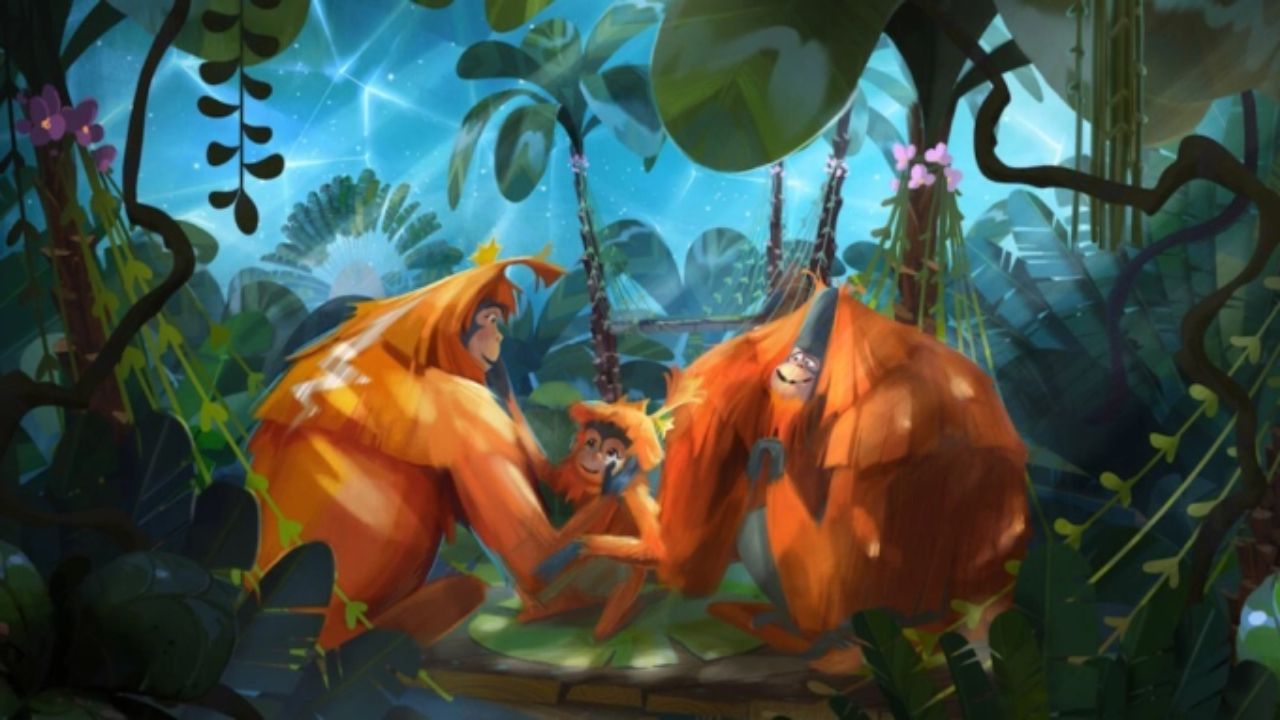
Do you think animation is the best format to discuss these topics?
Two of the biggest problems we face right now are artificial intelligence and climate change. Animation is a great format to simplify the story when discussing these topics on screen.
Thanks to animation, it is easier to express this type of character. So it was with Wall-E and Bambi. Bambi was made almost a century ago, but its message is still relevant. There’s still a long way to go, but The Oz Squad – which is a stand-alone film – did a great job of conveying these messages.
Wall-E’s message is more relevant than ever, and it’s amazing what Bambi has done: since the movie’s release, hunting has dropped by 50%! Film can change the way people look, and animation really is the best format to tell these stories.

Refusing to categorize your characters into good and evil camps is an aspect that also comes across in your Sith short, Star Wars Visions Season 2…
I love when a character develops as the story progresses. My characters learn things, and those lessons change them. It’s an interesting comparison, I didn’t think about this connection between Oz and Sith But now that you tell me, I can see the connection between these two films, both of which talk about the desire for change.
For me, Oz is the story of a little girl who tries to change her parents’ point of view, she somehow tries to “wake up” them. We all remember that period of our youth when we wanted to change something. And I think that’s a feeling that’s important in adulthood.
This is the final message that Ozzy delivered: Our house is on fire, how can we save it? It’s a cliché, but also true: one voice can sometimes be enough to change the face of the world.
Podcast with Julien Cheng, French director of Star Wars Visions!
What about twelve votes? Because the peculiarity of Star Wars Visions Season 2 was to cast a female protagonist without the filmmakers and the studio consulting each other. Is this a sign of real change in the franchise industry?
Our society is in turmoil. I myself am the father of two daughters who are very involved in protecting things that I didn’t know existed until they were their age. To see girls as young as six and eight taking an interest in these issues and looking for solutions to solve them is very inspiring.
for that Sith, I was inspired by a movie that fascinated me immensely: Ridley Scott’s Alien. I like the evolution of Ripley, from being a simple supporting character to the crew, she develops significantly and becomes a completely different character than she was at the beginning of the film.
with Sith, I wanted to follow this type of evolution. I tested the limits of animation and the short format to see if this kind of narrative evolution could be staged.
The animated film “Ozi, the voice of the forest” will be released on our screens in 2024.
Source: Allocine
Rose James is a Gossipify movie and series reviewer known for her in-depth analysis and unique perspective on the latest releases. With a background in film studies, she provides engaging and informative reviews, and keeps readers up to date with industry trends and emerging talents.

